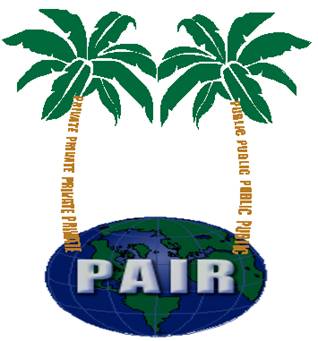Declaration
An inventor or group of inventors are required to sign and submit an oath or a declaration as part of the patent application. The declaration or oath should state that the inventor believes that he is an inventor, that he is familiar with the contents of the patent application and that if he is aware of any information that will affect the patentability of claimed invention, that he will inform the patent office of that information.
Design Patent
A design patent is a patent that protects the appearance of something not the combinations of elements or how they are interrelated which is considered a utility patent. A design patent has a life of 14 years.
A patent owner may disclaim any of the claims in his or her granted patent. These claims are then considered to be dedicated to the public and the patent owner cannot recover his rights to those claims if he later changes his mind. In some cases, a patent owner may own two patents that are so similar that the patent office will require the patent owner to terminal disclaim the later filed patent application so that when the first patent expires the second patent will expire at the same time.
Patent law allows a patent owner to have only one invention per patent. In some cases that the patent examiner will determine that there are at least two different inventions claimed in a single patent application. In such a scenario, the examiner will require the patent owner to divide the application, one division will be elected to continue with the examination with the patent office and the other division may be withdraw to be filed as a new patent application, which is usually referred to as a divisional application.
Double Patenting
If the allowance of a second patent application is consider to be so close to a already filed patent application with the same inventorship that the second patent application will extend all of the rights of the first patent application the patent office may decide to reject the second patent application with a double patenting rejection. This rejection can sometimes be overcome by terminal disclaiming the second application so that it will expire at the same time as any patent that grants from the first patent application.
Duty of Disclosure
Any inventor, agent, attorney, secretary, engineer, or anyone else that may have helped with the preparation of a patent application is required by law to submit any information to the patent office that may affect the patentability of the claimed invention of the patent application. Patent law however, does not require that anyone perform a search to find any such information.



















 Posted in:
Posted in: 





















